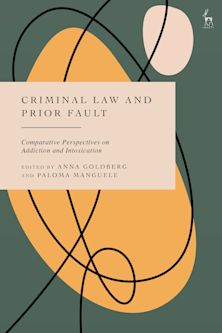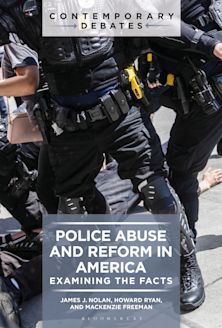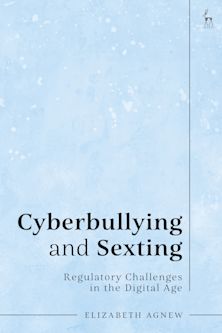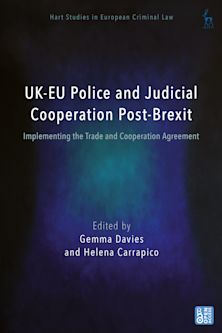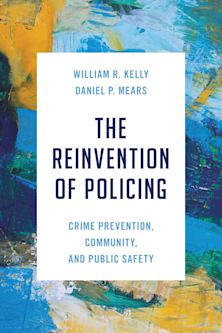Debating Restorative Justice
- Textbook
Debating Restorative Justice
- Textbook
This product is usually dispatched within 3 days
- Delivery and returns info
-
Free CA delivery on orders $40 or over
Description
'Debating Law' is a new, exciting series that gives scholarly experts the opportunity to offer contrasting perspectives on significant topics of contemporary, general interest.
In this first volume of the series Carolyn Hoyle argues that communities and the state should be more restorative in responding to harms caused by crimes, antisocial behaviour and other incivilities. She supports the exclusive use of restorative justice for many non-serious offences, and favours approaches that, by integrating restorative and retributive philosophies, take restorative practices into the 'deep end' of criminal justice. While acknowledging that restorative justice appears to have much to offer in terms of criminal justice reform, Chris Cunneen offers a different account, contending that the theoretical cogency of restorative ideas is limited by their lack of a coherent analysis of social and political power. He goes on to argue that after several decades of experimentation, restorative justice has not produced significant change in the criminal justice system and that the attempt to establish it as a feasible alternative to dominant practices of criminal justice has failed. This lively and valuable debate will be of great interest to everyone interested in the criminal justice system.
Table of Contents
I. Introduction
II. A Route through Definitional constraints and Imprecision
A. Introduction
B. Defining Victims and Offenders
C. Crimes and Harms
D. Restorative Justice and Restorative Practices
III. Community at the Heart of Restorative Justice
IV. A reflection on the Imbalance between Restorative Aspirations and Restorative Practices
A. Restorative Justice in the UK: All Talk and Little or No Action
B. A Criminology of Hope
C. Appeals to Communitarianism
V. Restorative Justice and Criminal Justice: Complementary not Contradictory
A. A Challenge to an Unhelpful Dichotomy
B. The Case for the Coexistence of Restorative and Criminal Justice
C. A Framework for the Coexistence of Restorative and Criminal Justice
1. Engaging community in search of appropriate participants
2. A qualified defence of coercion
3. The aims of punishment and the boundaries of proportionality
4. Who should facilitate restorative processes?
5. Conclusion
VI. In Defence of Restoration in the 'Deep end' of Criminal Justice
A. Domestic Violence
B. Crimes against Humanity
C. Everything has its Limits
VII. Conclusion: Restoration for Fragmented Communities
Bibliography
The Limitations of Restorative Justice by Chris Cunneen
I. Introduction
II. Why Restorative Justice
A. Concept of Origins
B. Explaining the Rise of Restorative Justice
C. Policy Transfer and the Globalisation of Restorative Justice
III. Creating Ideal Victims and Offenders
A. The Victim
B. Victim Trauma
C. Does Restorative Justice Offer a Better Deal for Victims?
D. The Offender
E. Structural Inequalities and the Offender/Victim Relationship
1. Violence against women
2. Hate crimes
3. Social inequality
F. Victims, Offenders, Rights and Incommensurability
IV. Law, State and Community
A. The Role of Law and the State
B. Policing and Criminalisation
C. Punishment and Risk
D. The Community
E. Transitional Justice
V. Conclusion: Searching for Truth in Restorative Justice
Index
Product details
| Published | Aug 25 2010 |
|---|---|
| Format | Paperback |
| Edition | 1st |
| Extent | 210 |
| ISBN | 9781849460224 |
| Imprint | Hart Publishing |
| Dimensions | 216 x 138 mm |
| Series | Debating Law |
| Publisher | Bloomsbury Publishing |
Reviews

ONLINE RESOURCES
Bloomsbury Collections
This book is available on Bloomsbury Collections where your library has access.











